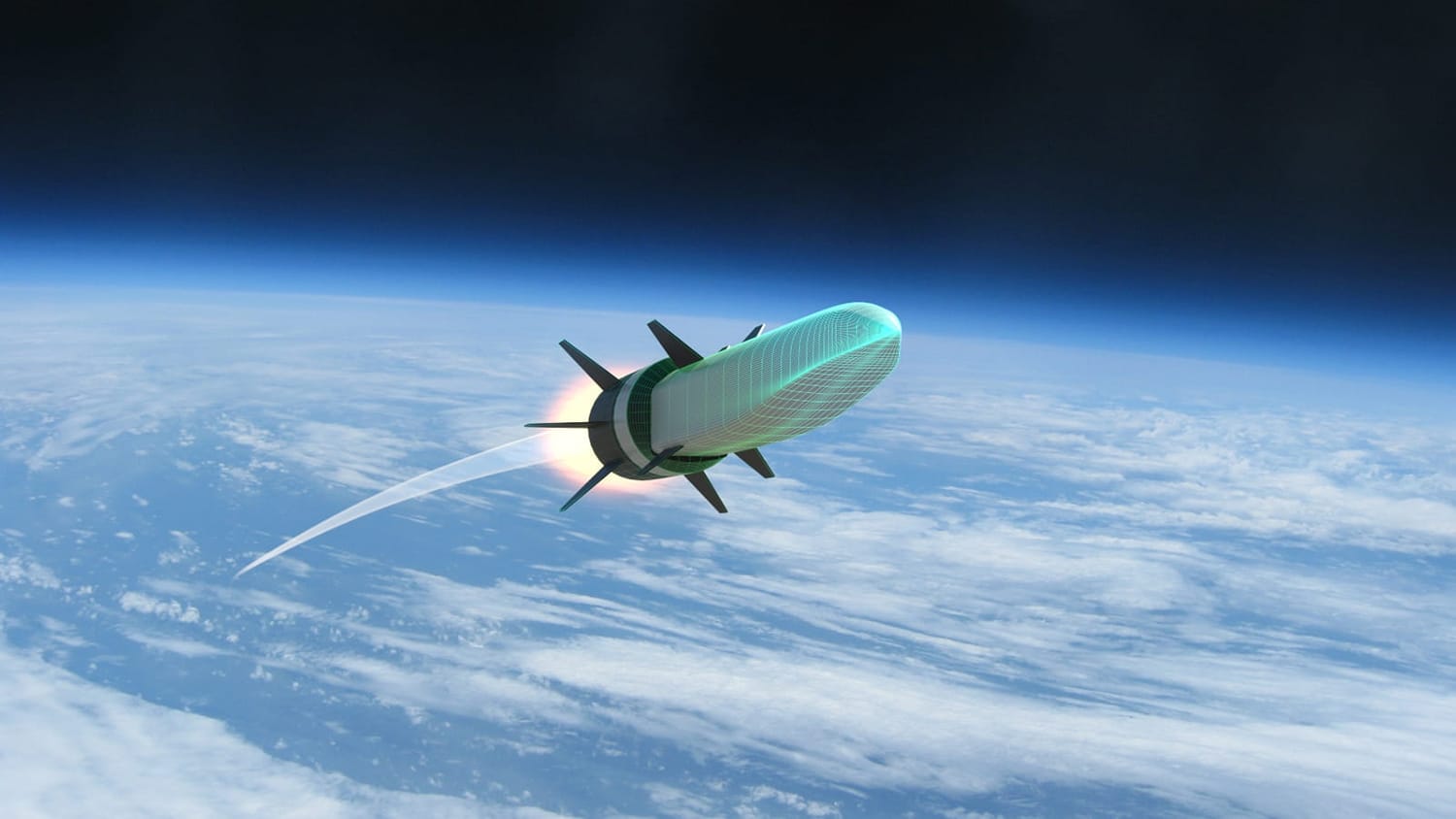
A Hypersonic Air-breathing Weapon Concept (HAWC) hypersonic cruise missile developed by Raytheon Technologies and Northrop Grumman has passed its second flight test in a row. This is an important milestone in the U.S. Department of Defense’s plan to field weapons that travel faster than five times the speed of sound.
The hypersonic cruise missile was put to the test in July 2022, with minor improvements informed by its earlier successful test in September 2021. Its performance in the most recent test – it dropped from aircraft and accelerated beyond Mach 5 – met the prediction of the company’s data models.
The HAWC missile uses oxygen around it for propulsion. Its scramjet combustor and a portion of the flow path are designed by Northrop Grumman. The system shows how the company is teaming up with other companies to accelerate hypersonic advances, bringing proven tech together with cutting-edge developments in thermal management, propulsion, and sensing.
Hypersonic weapons demand model design solutions because their speed and maneuverability create challenging operating environments. To develop and validate the system quickly, the company has used digital engineering, specifically modeling and simulation, along with ground testing.
Digital engineering – according to Wes Kremer, president of Raytheon Missiles & Defense, a Raytheon Technologies business – “helps us find new materials, manufacturing processes, and aerodynamic shapes that can withstand extreme conditions while delivering the required performance. It’s a critical contribution to our flight test success.”
The latest test follows the Raytheon Technologies/Northrop Grumman team’s first-ever flight test of a HAWC missile in 2021. But many experiments have been conducted in the digital world, collecting useful information that is now used to predict performance in the real world. These digital models, based on real-world flight data, are being used to accurately predict and increase performance as the weapon concept matures.
“It’s hard to recreate in the real world the most advanced threat scenarios, and that’s especially true in hypersonic. But we have the power to model a hypersonic flight regime,” Kremer said. “Advances in artificial intelligence, machine learning, and big data allow us to develop capabilities at scale in a way that wasn’t possible before. That’s the power of digital engineering.”
Digital environments enable engineers to learn faster and iterate more affordably in comparison to building and flying physical hardware. The latest tests put the companies on track to deliver an operational prototype system to the U.S. Department of Defense.
meta: A Hypersonic Air-breathing Weapon Concept (HAWC) hypersonic cruise missile developed by Raytheon Technologies has passed its second flight test in a row.
Raytheon’s hypersonic missile passes second consecutive test
Source: Tambay News

0 Comments